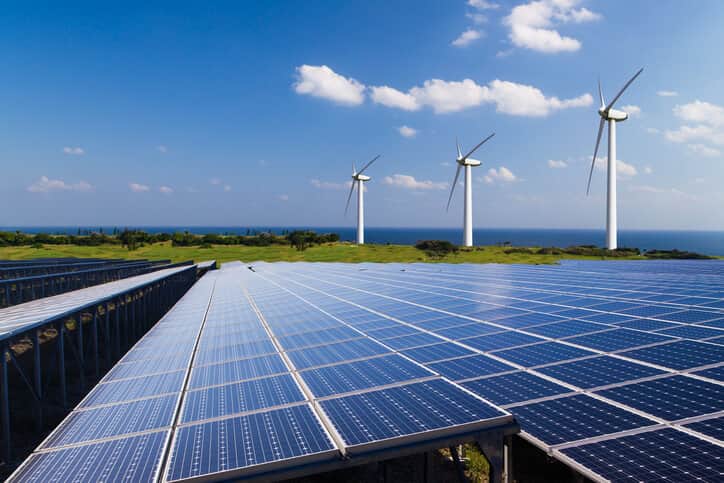Tucson Electric Power (TEP), which provides electric service to nearly 420,000 customers in southern Arizona, has announced plans to expand the utility’s renewable energy portfolio and reduce its reliance on coal-fired generating resources.
TEP says its long-term strategy to build a more responsive, sustainable resource portfolio is described in its 2017 Integrated Resource Plan (IRP), which the utility has filed with the Arizona Corporation Commission. The plan describes TEP’s current resource portfolio, projects future energy needs, and outlines strategies the company will use to meet customers’ energy requirements over the next 15 years.
“We’re evolving from a traditional utility to a more technology- and consumer-focused provider of energy products and services while maintaining reliability, convenience and affordability for our customers,” states David G. Hutchens, TEP’s president and CEO.
“Our plan recognizes the continued financial and operational benefits of owning Units 1 and 2 at the Springerville Generating Station, Arizona’s most efficient, cost-effective coal-fired power plant,” says Hutchens. “However, renewable energy, energy-efficiency and cost-effective natural gas technologies will play an increasingly prominent role in our future resource plans.”
TEP says it will continue to diversify its generation portfolio by expanding solar and wind generation, with a goal of delivering at least 30% of its power from renewable resources by 2030 – twice the level required by 2025 under Arizona’s renewable portfolio standard.
The utility anticipates adding about 800 MW of new renewable energy capacity by 2030. TEP notes it recently signed an agreement with NextEra Energy Resources LLC to buy power from a new 100 MW wind facility, and the utility also is evaluating proposals for a new 100 MW solar facility that would be built and owned by a project partner.
TEP says an increasingly flexible, sustainable generation portfolio will create operational challenges that require new ways of managing the intermittency and variability of renewable resources. The utility will continue to rely on energy-efficiency measures and invest in new cleaner-burning, natural gas resources. The company is also considering investing in flexible, fast-responding natural gas reciprocating internal combustion engine (RICE) technologies that could provide an affordable way to manage power fluctuations associated with intermittent renewable resources.
TEP also expects to make greater use of energy storage systems, which the utility says can boost power output levels more quickly than conventional generating resources to maintain the required balance between energy demand and supply. Such systems are expected to rapidly decline in cost, and the company says it could gradually add up to 100 MW of storage capacity. TEP recently completed three large-scale energy storage projects that are designed to provide grid-balancing support.
Furthermore, TEP’s 2017 IRP outlines the company’s plans to retire and replace some of its coal-fired generating resources. TEP will lose 170 MW of coal-fired capacity when Unit 2 at the San Juan Generating Station in New Mexico is shut down at the end of this year. The company plans to stop using the plant entirely when the current coal supply agreement ends in June 2022, shedding another 170 MW of coal-fired capacity.
TEP is also preparing for the retirement of the coal-fired Navajo Generating Station, which participants have agreed to run through December 2019 if a land lease extension can be reached. TEP owns 7.5%, or 168 MW, in that plant and has joined other owners in working with the Navajo Nation to develop a transition plan for the facility.




